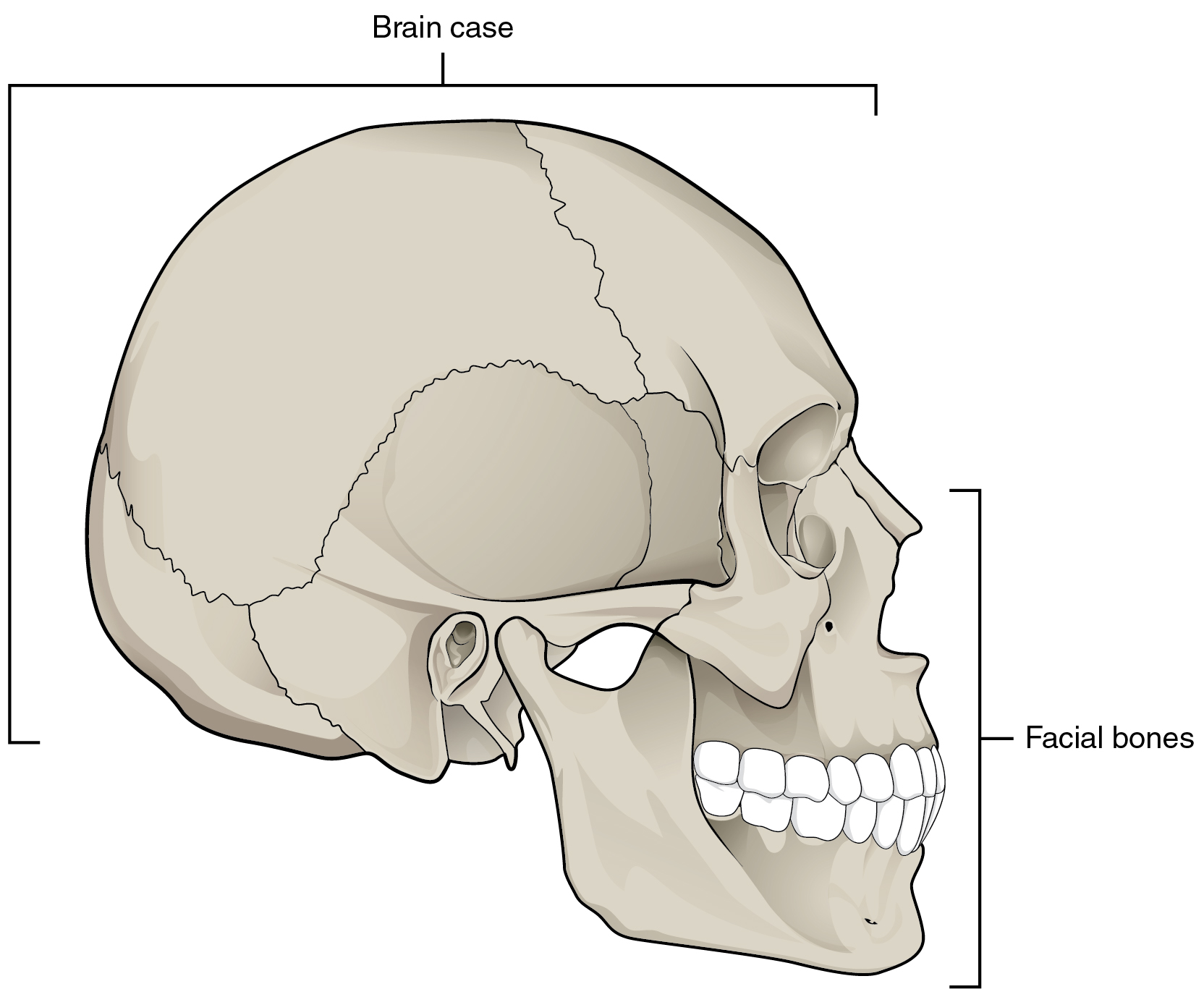Scapula Bone: Anatomy, Function, and Injuries
The scapula, commonly known as the shoulder blade, is a flat, triangular-shaped bone located in the upper back. It plays a crucial role in shoulder movement, providing attachment points for muscles that facilitate arm and upper limb motion. The scapula is situated on the posterior aspect of the ribcage, specifically over ribs 2 to 7, and forms part of the shoulder girdle. It articulates with the humerus (upper arm bone) at the shoulder joint and the clavicle (collarbone) at the acromioclavicular joint.
Structure of the Scapula
The scapula consists of several key features:
- Spine of the Scapula: The prominent ridge running diagonally across the posterior surface of the scapula. It divides the bone into two parts: the supraspinous fossa above and the infraspinous fossa below.
- Acromion Process: The lateral extension of the spine that forms the highest point of the shoulder. It articulates with the clavicle to form the acromioclavicular joint, providing stability to the shoulder.
- Coracoid Process: A hook-like projection from the anterior surface of the scapula. It provides attachment for muscles like the pectoralis minor and ligaments important for shoulder stability.
- Glenoid Cavity: A shallow, cup-shaped depression on the lateral aspect of the scapula that articulates with the head of the humerus, forming the glenohumeral (shoulder) joint. The shallow nature of the glenoid allows for a wide range of motion but also makes the joint prone to dislocations.
- Subscapular Fossa: A broad, concave area on the anterior surface of the scapula, providing attachment for the subscapularis muscle, one of the four rotator cuff muscles.
Function of the Scapula






The scapula serves several important functions in the body:
- Mobility: The scapula is involved in numerous movements of the shoulder, including elevation, depression, protraction, retraction, and rotation. These movements enable the upper limb to perform a variety of tasks, from lifting to reaching overhead.
- Support and Stability: The scapula provides a stable base for the muscles of the shoulder and arm, particularly the rotator cuff muscles, which maintain the stability of the glenohumeral joint.
- Muscle Attachment: The scapula serves as the attachment point for numerous muscles involved in shoulder and arm movement, including the deltoid, trapezius, serratus anterior, and rhomboid muscles, among others.
- Protection: As the scapula lies over the ribs, it helps protect vital structures in the chest and upper back, including the lungs and heart.
Clinical Relevance
- Scapular Fractures: These are rare but can occur in high-impact injuries, often in conjunction with fractures of the clavicle or ribs. They can lead to shoulder dysfunction and pain.
- Scapular Winging: A condition where the scapula protrudes abnormally from the back, often due to weakness or paralysis of the serratus anterior muscle, affecting shoulder movement.
In summary, the scapula plays a central role in facilitating the movement, stability, and function of the upper limb, acting as a bridge between the axial skeleton and the arm. Its complex anatomy enables the shoulder to have a vast range of motion while maintaining some stability.
